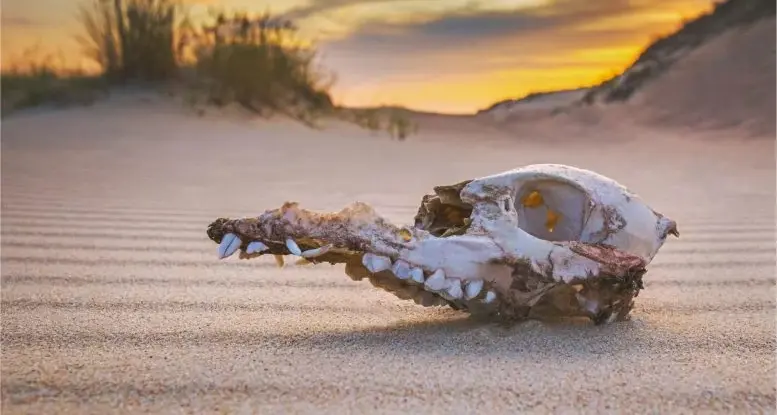While the study found that more than 3,700 species are in danger of extinction due to natural disasters, urgent measures need to be taken to protect ecosystem functions and prevent species loss. Many people understand that climate change is changing our world. However, the possibility of natural disasters such as hurricanes may increase in areas where sensitive species live.
Until recently, we had limited knowledge about which species were particularly at risk from natural disasters. Now researchers from the Globus Institute at the University of Copenhagen have identified them, and the researchers behind the study have stressed the need for urgent action on their findings.
“We identify which species are at risk of extinction due to natural disasters, which is a novel aspect of our findings. We also highlight strategies to prevent these extinctions, such as captive breeding programs to increase the population size and displacement of these species,” he explains in the first two of the study. co-authored by postdoc Fernando Gonçalves. His colleague and first author of the study, postdoctoral researcher Harith Farooq, adds:
“In our study, by comparing the occurrence of four types of natural hazards with species that have limited distributions or occur in small numbers, we were able to identify which species may be more susceptible to these threats,” he says.
Researchers found that a total of 3,722 reptiles, amphibians, birds and mammals are at risk of extinction because they live in areas where hurricanes, earthquakes, tsunamis and volcanoes are likely to occur.
“Half of these species are what we consider ‘high risk’ of extinction due to natural disasters, and most of them are found in the tropics and especially on tropical islands, where many have become extinct following human colonization,” says Jonas Geldman. Bo Dalsgaard, senior author of the study.
Efforts to increase populations of threatened species
To help species withstand natural disasters, some may be relocated to safer areas and conservation measures such as captive breeding programs implemented. An example of this is the endemic parrot found only on the Caribbean island of Puerto Rico.
“Once common but now threatened with extinction due to human activities and hurricanes, the Puerto Rican parrot is protected through captive breeding and reintroduction to Puerto Rico. “This is one of the steps we highlight in the article that needs to be taken to increase the number of individuals in nature,” says Fernando Gonçalves.
The authors hope the research will lead to other efforts to prevent species from extinction in the future. They also aim to go beyond listing species at risk from natural disasters and encourage research that examines and understands broader ecological consequences, such as the loss of interactions between these species and their environments.
“Given that many vital aspects of ecosystems, such as pollination and seed dispersal, depend largely on interactions between living organisms, the loss of these interactions can have significant consequences. This can lead to a more rapid decline in the number of species and a decline in ecosystem functions,” says Fernando Gonçalves and adds:
“We’re not just losing one species; we are losing many of the ecosystem functions that these species provide,” says Fernando Gonçalves.
Source: Port Altele
